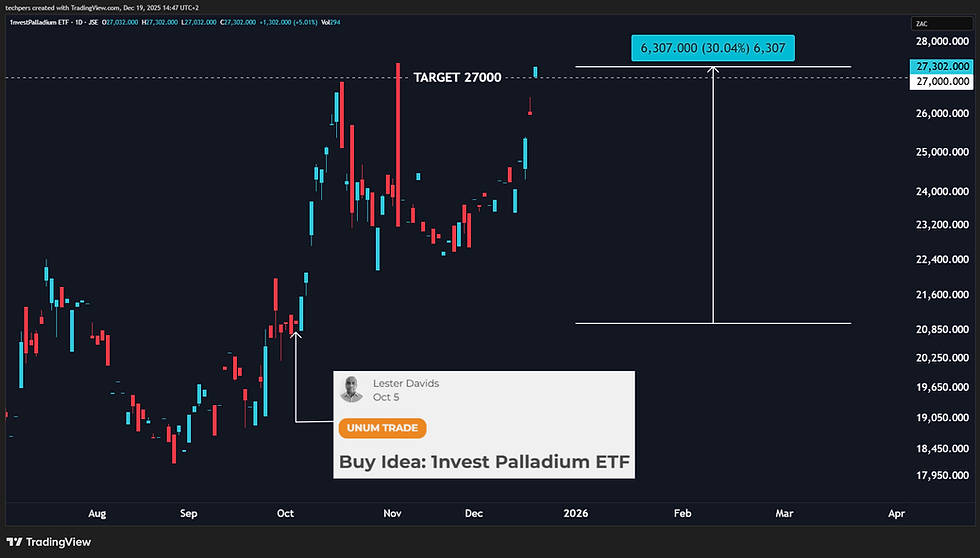Our Research, Your Opportunity: Nasdaq Rallies +10%
- Lester Davids

- Apr 9
- 2 min read
Trade Local & Global Financial Markets with Unum Capital.
To get started, email lester@unum.co.za
The Market Risk Index has been instrumental in helping clients recognize risk and uncover opportunity! At 10h16 today we pointed out that the weekly reading was worth noting (sitting in extreme fear i.e. a long opportunity). We are around 35-minutes to the close of the U.S. Trading Session and over the past 10 to 11 hours, the Nasdaq has rallied by 10%!!! Our research is your opportunity!!!

US markets After tonight's close:

Previous Post (Wednesday 09 April at 10h16 South African Time)
Market Risk Index: The Weekly Reading Is Worth Noting!
*Weekly Time Frame* - Current

*Monthly Time Frame* - Current

The indicator is a custom-built risk and sentiment index, designed to assess market risk appetite, including whether sentiment is at an extreme position (i.e. excessively bullish or excessively bearish).
Components:
Copper: Copper often serves as a proxy for global economic activity. A decline in copper prices could signal slowing economic growth, increasing risk.
High Beta vs Low Beta: High beta stocks tend to be more volatile than low beta stocks. A widening spread between high and low beta returns might indicate increased risk aversion.
Growth vs Value: Growth stocks typically outperform value stocks in bull markets. A shift towards value stocks could suggest investors are becoming more cautious.
EM Currencies: Emerging market currencies can be sensitive to risk appetite. A weakening of EM currencies could signal increased risk aversion.
AUD/USD: The Australian Dollar is often used as a proxy for global risk sentiment. A decline in AUD/USD could indicate increased risk aversion.
Consumer Staples vs Consumer Discretionary: Consumer staples are generally considered defensive assets. A shift towards consumer staples could suggest investors are seeking safety.
Semiconductors vs S&P 500: The semiconductor sector is cyclical and sensitive to economic downturns. Underperformance of semiconductors relative to the broader market could signal increased risk.
Russell 2000 ETF: This ETF tracks small-cap stocks, which are generally considered riskier than large-cap stocks. Underperformance of the Russell 2000 could suggest increased risk aversion.
U.S. Dollar Index (Inverse): A strengthening US Dollar often signals a flight to safety, suggesting increased risk aversion.




Comments